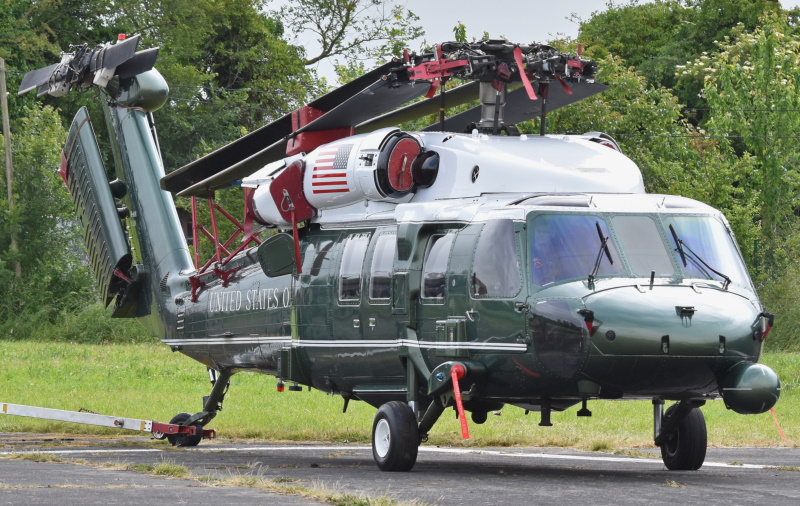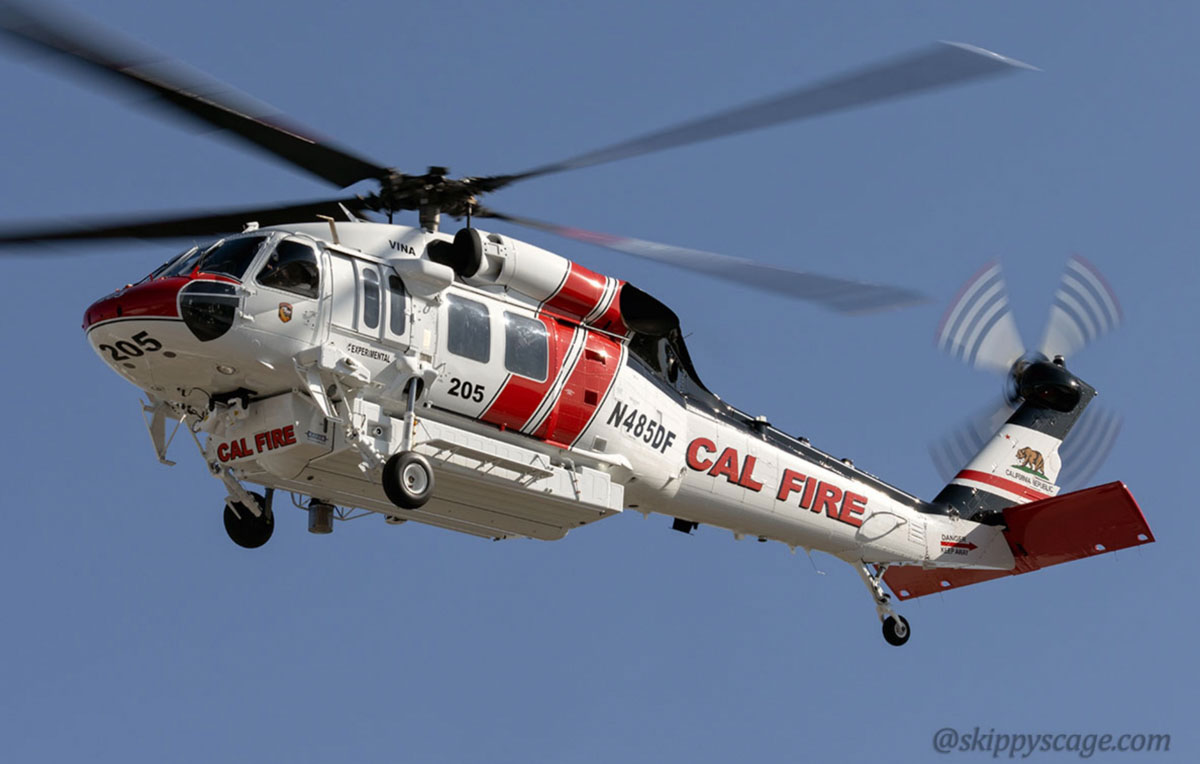Sikorsky S 70: Reinventing Tactical Workflow with Cutting-Edge Innovation
Wiki Article
High-Performance Multi-Role Rotorcraft Featuring Advanced Cabin Technologies and Integrated Sensing Unit Systems
The realm of rotorcraft innovation has seen significant advancements in recent times, specifically in the world of high-performance multi-role rotorcraft furnished with cutting-edge cockpit technologies and seamlessly incorporated sensing unit systems. These advancements have not only augmented the functional capacities of rotorcraft however have also significantly impacted modern-day air travel procedures on numerous fronts. From improved objective versatility to enhanced functional performance, the merging of sophisticated cabin modern technologies and incorporated sensor systems has actually introduced a brand-new period of possibilities for rotorcraft applications. In the following conversation, we will certainly explore the evolution of rotorcraft modern technology, explore the world of sophisticated cabin technologies, and take a look at the implications of incorporated sensor systems on the functional flexibility and efficiency of modern-day rotorcraft.Advancement of Rotorcraft Innovation
The development of rotorcraft modern technology has been noted by substantial developments in the rules of aerodynamics, products, and propulsion systems, forming the capabilities and performance of contemporary rotorcraft. Wind resistant improvements have improved the performance and ability to move of rotorcraft, permitting increased rate, agility, and stability during flight (sikorsky s 70). Technologies in products, such as the use of composite materials and advanced alloys, have brought about lighter yet stronger rotorcraft frameworks, boosting overall performance and longevity. Additionally, developments in propulsion systems, including a lot more powerful engines and ingenious propulsion technologies, have actually made it possible for rotorcraft to achieve higher elevations, faster rates, and better payloads.These innovations have not just transformed the capabilities of rotorcraft yet have actually likewise expanded their applications throughout different sectors, consisting of army, industrial, and emergency solutions. The constant evolution of rotorcraft modern technology remains to drive development in the field, pressing the boundaries of what is feasible and shaping the future of vertical trip.
Advanced Cockpit Innovations
Structure upon the foundational innovations in aerodynamics, products, and propulsion systems, the realm of rotorcraft technology currently shifts emphasis towards introducing Advanced Cabin Innovations. The combination of advanced technologies within the cockpit environment plays a crucial function in enhancing the operational capacities, security, and performance of modern-day rotorcraft. sikorsky s 70. Advanced Cockpit Innovations include a wide variety of features made to give pilots with enhanced situational recognition, streamlined information monitoring, and instinctive control interfacesOne of the vital improvements in cabin design is the application of glass cabins, which replace standard analog determines with high-resolution screens. These electronic systems supply customizable designs, real-time information assimilation, and improved readability, allowing pilots to gain access to critical information at a glimpse. Advanced avionics systems, such as fly-by-wire controls and enhanced truth screens, are changing just how pilots connect with the airplane, permitting for precise control and enhanced decision-making capabilities.


Incorporating advanced cabin technologies not only enhances pilot efficiency however also adds to overall objective efficiency and safety in intricate functional settings. By leveraging cutting edge modern technologies within the cabin, rotorcraft manufacturers are setting brand-new standards for functional excellence and goal success.
Integrated Sensor Equipments
With the advancement of rotorcraft technology, the integration of advanced Integrated Sensing unit Systems has actually become extremely important in improving functional efficiency and safety and security. These Integrated Sensor Equipments encompass a vast range of modern technologies that offer critical information for numerous functions such as navigating, security, targeting, and environmental tracking. By flawlessly integrating sensing units like radars, video cameras, lidar, and infrared systems right into rotorcraft, drivers can gain from boosted situational understanding, improved mission abilities, and lowered pilot work.One secret benefit of Integrated Sensing unit Solutions is their capability to collect real-time information and give workable insights to pilots and goal drivers. For example, advanced radar systems can identify and track targets over cross countries, permitting early threat detection and reliable action planning. Furthermore, integrating infrared and electro-optical video cameras allows rotorcraft to carry out reconnaissance and monitoring objectives with accuracy and accuracy.
Essentially, the combination of cutting-edge sensor technologies into rotorcraft not only enhances functional performance yet additionally adds dramatically to total goal success and staff security. As rotorcraft proceed to progress, the role of Integrated Sensing unit Solution will undoubtedly continue to be at the center of technology in the aerospace sector.
Operational Flexibility and Efficiency
Enhancing functional versatility and efficiency in rotorcraft is a natural progression from informative post the integration of innovative Integrated Sensor Systems. By leveraging the understandings and data given by these sophisticated sensing unit systems, rotorcraft can enhance their performance throughout different goals and settings.Operational versatility incorporates the capability of rotorcraft to adapt to various functions and circumstances effectively. With advanced cabin technologies and incorporated sensor systems, rotorcraft can seamlessly shift between jobs such as search and rescue, clinical emptying, surveillance, and a lot more. This versatility boosts the rotorcraft's capability to fulfill diverse functional demands without needing extensive reconfiguration.
Effectiveness in rotorcraft procedures is important for making best use of objective performance and resource use. Integrated sensing unit systems play a pivotal function in enhancing operational performance by providing real-time data on climate conditions, surface mapping, target tracking, and extra. This information allows pilots to make enlightened choices promptly, maximize flight courses, preserve fuel, and enhance general mission efficiency.
Influence On Modern Aeronautics Procedures

Additionally, the integration of sophisticated sensing units helps with boosted objective preparation and execution, making it possible for rotorcraft to carry out a large range of jobs with improved precision. From search and rescue operations to airborne firefighting and police objectives, the capabilities of contemporary rotorcraft equipped with sophisticated cabin innovations and incorporated sensor systems are unmatched.
Furthermore, the impact of these innovations extends past functional efficiency to cost-effectiveness and sustainability. By enhancing trip routes, fuel usage, and upkeep schedules, high-performance rotorcraft geared up with innovative cabin technologies and sensors add to reducing operational expenses and environmental impact, making them vital properties in modern-day aviation procedures.
Conclusion
To conclude, the high-performance multi-role rotorcraft with innovative cabin innovations and incorporated sensor systems represents a significant advancement in aeronautics innovation. These innovations enhance operational adaptability and performance, ultimately influencing modern-day air travel operations in a favorable method. The combination of these innovative technologies allows for enhanced capacities and efficiency in different goal circumstances, showcasing the continued development of rotorcraft innovation in the air travel sector.The realm of rotorcraft technology has seen noteworthy advancements in current times, particularly in the world of high-performance multi-role rotorcraft geared up with innovative cabin technologies and effortlessly integrated sensing unit systems. From improved mission adaptability to enhanced functional performance, the merging of advanced cockpit technologies and incorporated sensing unit systems has ushered in a new period of opportunities for rotorcraft applications. In the complying with discussion, we will check out the development of rotorcraft technology, delve into the world of innovative cabin advancements, and check out the ramifications of integrated sensor systems on the functional flexibility and effectiveness of modern-day rotorcraft.

Report this wiki page